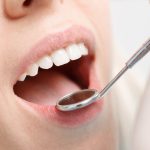When Do Kids Lose Teeth? Understanding the Process and Timeline
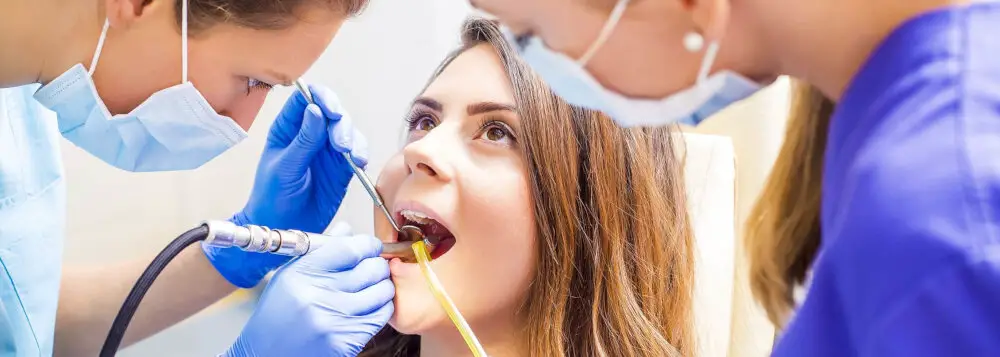
The process of losing teeth is a natural part of childhood development. As children grow, their baby teeth fall out to make way for permanent adult teeth. This process can be exciting and sometimes scary for kids, as they experience physical changes and new sensations in their mouths. Understanding the timeline and process of losing teeth can help parents and caregivers prepare and support children through this milestone. Generally, children begin to lose their baby teeth around the age of 6 or 7. This process continues until around age 12 or 13, when all of the baby teeth have been replaced by permanent teeth. The timeline for losing teeth can vary from child to child, and some may lose their teeth earlier or later than others. It is important for parents to be patient and supportive during this time, as it can be a sensitive and emotional experience for some children.
Understanding when kids lose teeth is crucial for parents and caregivers as it helps them prepare for potential dental issues and ensure proper oral care. The process of losing teeth is a natural and normal part of a child’s growth, but it can also be a stressful and uncomfortable experience for both the child and the adult. By knowing the timeline of tooth loss, parents can anticipate when their child may need assistance with brushing and flossing, monitor the growth of their new teeth, and identify any potential problems early on. Additionally, knowing when to expect tooth loss can help parents and caregivers plan for dental visits and treatments, as well as ensure that their child maintains good dental hygiene habits throughout their life. Ultimately, understanding when kids lose teeth is essential for promoting healthy oral development and supporting a child’s overall well-being.
The process of losing baby teeth is a natural part of childhood development. Typically, children begin to lose their teeth around the age of six, with the process continuing until the age of 12 or 13. The timeline for losing baby teeth can vary from child to child, with some losing their teeth earlier or later than others. As permanent teeth begin to grow in, they push against the baby teeth, causing them to become loose and eventually fall out. This process can be exciting for children as they eagerly await the arrival of their permanent teeth. Parents can help their children through this process by encouraging good oral hygiene habits and providing comfort and support as their child’s teeth begin to fall out.
Primary Teeth
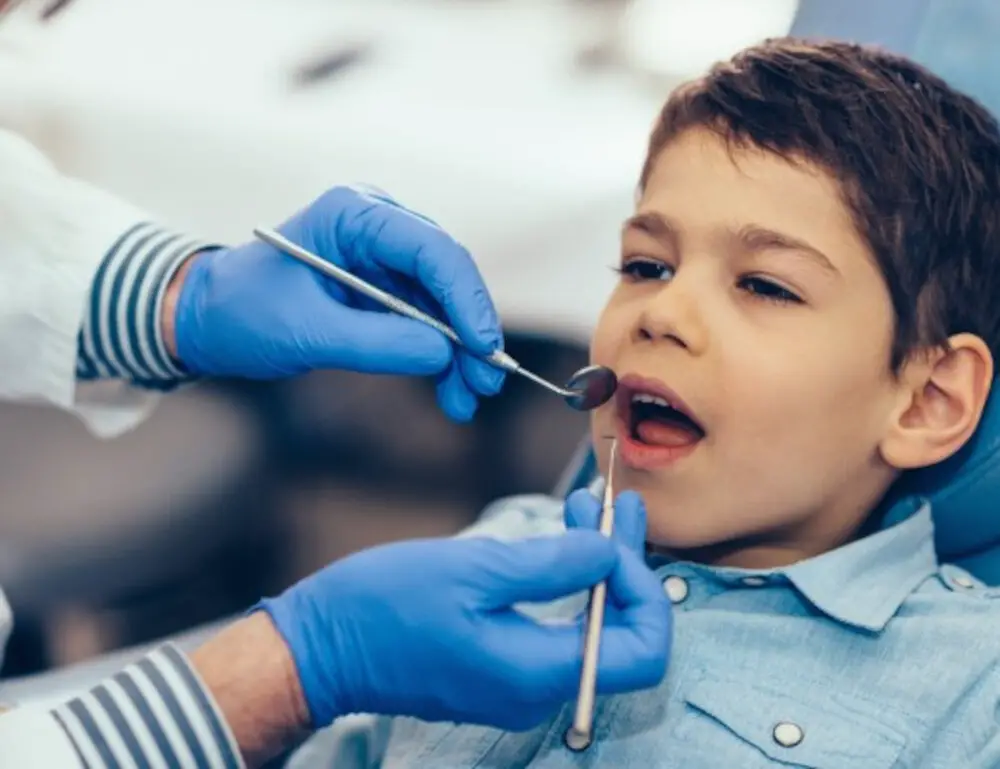
Primary teeth, also known as baby teeth or deciduous teeth, are the first set of teeth that erupt in a child’s mouth. Children typically have 20 primary teeth, which start to appear around six months of age. The eruption of primary teeth is an important milestone in a child’s development, as it marks the beginning of their ability to chew solid foods and develop their speech. Primary teeth are crucial for a child’s overall oral health, as they help to maintain the proper spacing for permanent teeth. If a primary tooth is lost too early, the surrounding teeth may shift into the empty space, causing crowding and other alignment problems. Therefore, it is important to take good care of primary teeth by brushing and flossing regularly, limiting sugary snacks and drinks, and scheduling regular dental checkups. Although primary teeth will eventually be replaced by permanent teeth, they play a vital role in a child’s oral health and development.
Primary teeth, also known as baby teeth, are the first set of teeth that develop in a child’s mouth. These teeth usually begin to emerge around six months of age and continue to develop until around age three. Primary teeth serve several important functions, including helping children to learn how to speak and chew food properly, and also serve as a placeholder for the permanent teeth that will eventually replace them. In addition, primary teeth play a crucial role in maintaining the proper spacing and alignment of the permanent teeth, which is why it is important to take good care of them from the moment they begin to emerge.
The emergence of primary teeth is an essential milestone in a child’s development. Generally, primary teeth begin to emerge around six months of age, with the lower central incisors being the first to appear. By the time a child is two to three years old, they should have a full set of primary teeth, consisting of 20 teeth in total. The timeline for primary teeth emergence can vary slightly from child to child, but it typically follows a specific pattern. The first set of teeth to emerge are the front teeth, followed by the molars at the back of the mouth. Understanding this timeline is essential for parents and caregivers as it aids in monitoring a child’s oral health and identifying any potential issues early on.
Primary teeth, also known as baby teeth, are an essential part of a child’s development and play a crucial role in speech, chewing, and maintaining the space for permanent teeth. The process of losing primary teeth usually begins around the age of 6 and can continue until the age of 12. The timing of tooth loss can vary from child to child, and it is essential to note that the order in which teeth fall out is also different for every child. Typically, the lower front teeth are the first to go, followed by the upper front teeth. Primary molars usually fall out between the ages of 9 and 12, making way for permanent teeth to develop and emerge. It is essential to keep track of your child’s tooth loss process and consult a dentist if any concerns or complications arise.
Permanent Teeth

Permanent teeth, also known as adult teeth, typically begin to emerge around age six and continue to develop until the late teenage years. These teeth replace the primary teeth, which are also known as baby teeth. Unlike baby teeth, permanent teeth are meant to last a lifetime. There are 32 permanent teeth in total, 16 on the top and 16 on the bottom. These teeth are divided into four categories: incisors, canines, premolars, and molars. Incisors are used for biting and cutting food, while canines are used for tearing and gripping. Premolars and molars are used for grinding and chewing food. Maintaining healthy permanent teeth is essential for overall health and well-being. Poor oral hygiene can lead to cavities, gum disease, and tooth loss. Regular dental checkups, brushing and flossing twice a day, and avoiding sugary foods and drinks can help keep permanent teeth healthy. It is also important to wear protective gear, such as a mouthguard, when participating in sports or other physical activities to prevent damage to the teeth. By taking care of permanent teeth, individuals can ensure they have a healthy smile for years to come.
Permanent teeth are the second set of teeth that replace the primary teeth. They typically begin to erupt around the age of 6 and continue until the age of 21. These teeth are designed to last a lifetime and are stronger and more durable than primary teeth. They serve several important functions, including biting and chewing food, maintaining the structure of the jawbone, and supporting the facial muscles and features. Permanent teeth also play a vital role in speech, helping to form certain sounds and words. It is essential to take proper care of permanent teeth, including regular brushing, flossing, and dental checkups, to ensure they remain healthy and functional for a lifetime.
The emergence of permanent teeth is a significant milestone in a child’s development. On average, permanent teeth begin to emerge between the ages of 6 and 8, starting with the first molars at the back of the mouth. By age 13, most children will have all their permanent teeth, including the wisdom teeth, which typically emerge between the ages of 17 and 25. The emergence of permanent teeth can cause discomfort and may require orthodontic treatment to ensure proper alignment and spacing. Parents can help their children maintain good oral hygiene habits and monitor the development of their permanent teeth to ensure their dental health.
The process of losing baby teeth and gaining permanent teeth is a natural and expected part of a child’s development. The timeline for this process can vary, but on average, children begin to lose their first set of teeth around the age of six. The first teeth to be lost are usually the lower front teeth, followed by the upper front teeth. By age 12 or 13, most children have lost all of their baby teeth and have a full set of permanent teeth. However, in some cases, the process may take longer or shorter depending on factors such as genetics, oral hygiene, and overall health. It is important for parents to monitor their child’s dental development and schedule regular check-ups with a dentist to ensure that everything is progressing as it should.
Factors Affecting Tooth Loss
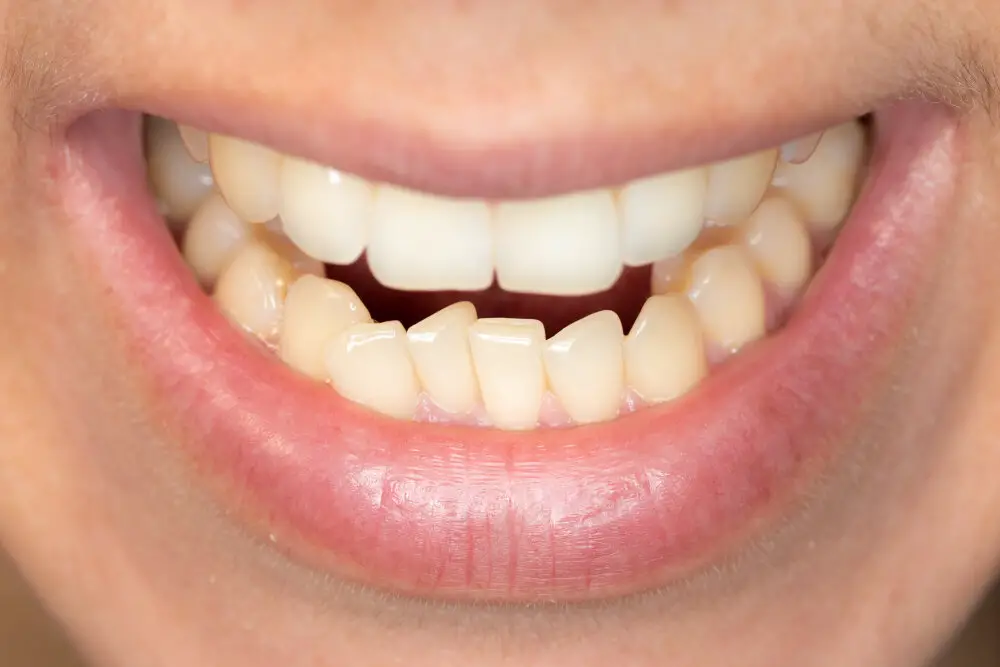
Tooth loss is a common phenomenon that occurs naturally as a person ages. However, several factors can contribute to premature tooth loss, causing significant dental issues. One of the primary factors affecting tooth loss is poor oral hygiene. Failure to brush and floss teeth regularly can lead to the buildup of plaque and tartar, which can cause gum disease and tooth decay. These conditions can result in the loosening and eventual loss of teeth. Therefore, maintaining proper oral hygiene practices is essential in preventing premature tooth loss and maintaining strong, healthy teeth. Another factor that can contribute to tooth loss is poor dietary habits. Consuming excessive amounts of sugary and acidic foods and drinks can erode tooth enamel, making teeth more susceptible to decay and infection. Additionally, not getting enough essential vitamins and minerals, such as calcium and vitamin D, can weaken bones and teeth, increasing the risk of tooth loss. Therefore, maintaining a balanced and nutritious diet is essential in promoting healthy teeth and preventing tooth loss. By addressing these factors, individuals can significantly reduce their risk of premature tooth loss and maintain healthy, beautiful smiles for years to come.
The process of losing baby teeth is a natural and exciting part of a child’s development. However, the timeline can vary greatly from child to child, influenced by a variety of factors. Genetics play a significant role in determining when children will begin losing teeth, with some children losing their first tooth as early as four years old, while others may not lose their first tooth until seven or eight. Nutrition is also an important factor, as a diet high in sugar and processed foods can contribute to tooth decay and premature loss of baby teeth. Oral hygiene practices, such as regular brushing and flossing, can help prevent tooth decay and promote healthy teeth and gums, ultimately leading to a smoother transition from baby teeth to permanent teeth.
Several factors can significantly affect the process and timeline of losing baby teeth. Genetics is one of the primary factors that determine when kids lose their teeth. Children inherit their dental development patterns from their parents, and this can either hasten or delay the process of losing baby teeth. Also, nutrition plays a crucial role in the development of teeth. A balanced diet that includes essential nutrients such as calcium, vitamin D, and phosphorus is vital for the growth and maintenance of strong and healthy teeth. Additionally, children who experience trauma or injury to the teeth or mouth may lose their teeth earlier than expected. The frequency of dental visits, oral hygiene practices, and underlying medical conditions such as cleft lip and palate can also impact the process and timeline of losing baby teeth.
Caring for Teeth During the Transition
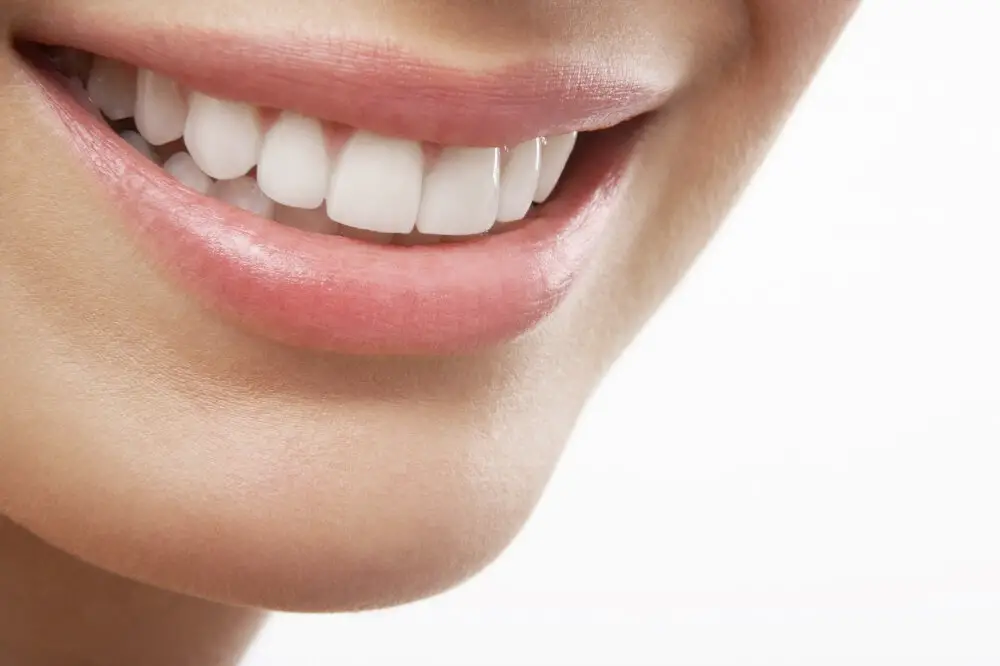
Caring for your child’s teeth during the transition from primary to permanent teeth is crucial in maintaining good oral health. As the primary teeth begin to fall out, it’s important to ensure that the new permanent teeth come in strong and healthy. One of the best ways to care for your child’s teeth during this transition is to establish good dental hygiene habits. Encourage your child to brush their teeth twice a day with a fluoride toothpaste and to floss daily. This will help to remove plaque and prevent tooth decay, which can affect both primary and permanent teeth. Another way to care for your child’s teeth during this transition is to ensure they are getting enough calcium and other essential vitamins and minerals. Calcium is important for building strong bones and teeth, and can be found in dairy products, leafy greens, and fortified foods. Vitamin D is also important for healthy teeth and can be found in fatty fish, egg yolks, and fortified foods. Encouraging your child to eat a well-balanced diet with plenty of fruits and vegetables can provide them with the nutrients they need for healthy teeth and gums. In addition, limiting sugary snacks and drinks can help to prevent tooth decay and promote good oral health. By establishing good dental hygiene habits and ensuring your child is getting the proper nutrients, you can help to ensure that their teeth remain healthy and strong throughout the transition from primary to permanent teeth.
As parents, it’s crucial to teach our children the importance of dental care during the transition from primary to permanent teeth. To ensure healthy teeth, parents should encourage their kids to brush twice daily with fluoride toothpaste and floss at least once a day. Children should also limit their intake of sugary foods and drinks, as they can contribute to tooth decay. Parents can make dental care fun by letting their kids choose their toothbrush and toothpaste flavors and rewarding them for their efforts. Regular dental checkups are also essential during this time to detect any issues early and prevent further damage. By instilling good dental habits early on, parents can help their kids maintain healthy teeth and gums for a lifetime.
Good oral hygiene is crucial for maintaining healthy teeth and gums, especially during this time. With the ongoing pandemic, regular dental check-ups and treatments may not be as accessible as usual, making it even more important to take care of our teeth at home. Regular brushing and flossing can help prevent cavities and gum disease, both of which can lead to tooth loss. Additionally, maintaining good oral hygiene can contribute to overall health and well-being, as poor oral health has been linked to a range of health issues including heart disease and diabetes. By instilling good oral hygiene habits in children from a young age, we can help them maintain healthy teeth and gums for life.
Losing teeth is a natural part of childhood development, and it typically begins around the age of six. The process begins with the loss of the lower front teeth, followed by the upper front teeth. As children continue to grow, their molars will become loose and fall out as well. This process can take several years to complete, with some children losing their last baby tooth as late as age 12. The timeline for losing teeth can vary from child to child, but it is generally a gradual and painless process that marks an important milestone in their growth and development.
Understanding the process and timeline of when kids lose teeth is crucial for parents and caregivers. Not only does it provide reassurance and peace of mind during a time of physical change and development, but it also allows for proactive dental care. By knowing when to expect tooth loss and the appearance of permanent teeth, parents and caregivers can ensure proper oral hygiene habits are established early on. Additionally, understanding the process can help identify any potential issues or abnormalities that may require attention from a dental professional. Overall, being knowledgeable about tooth loss can contribute to a child’s overall dental health and well-being, making it an essential aspect of parenting and caregiving.
Conclusion
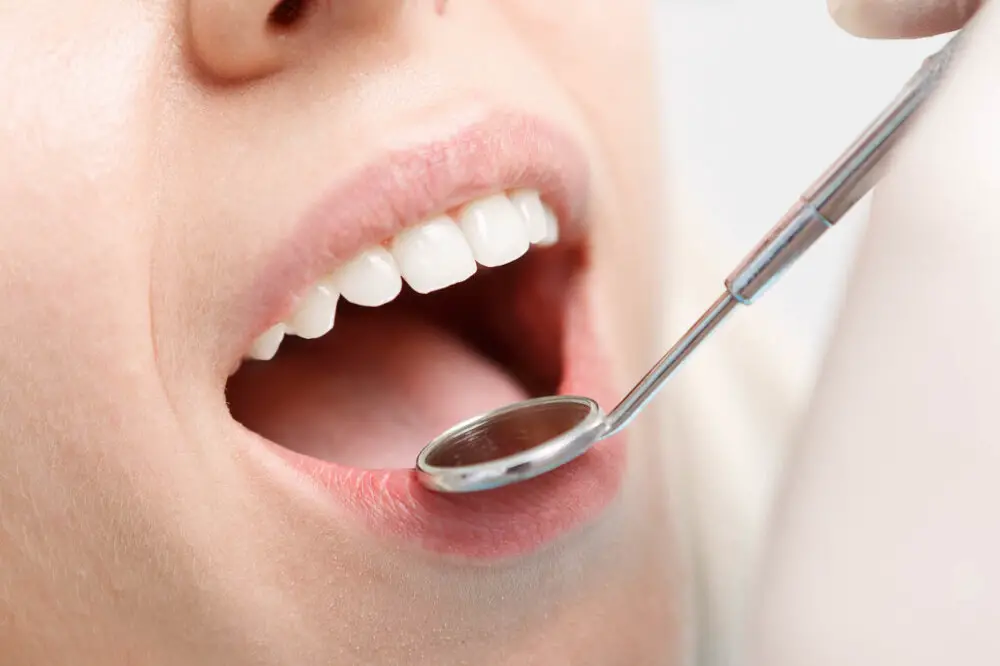
In conclusion, understanding the process and timeline of when kids lose teeth is essential for parents and caregivers to provide proper dental care and support for their children. This natural process starts around the age of six and continues until the early teenage years. It is important to note that every child’s timeline may vary, and it’s crucial to monitor their oral health regularly. Encouraging good dental hygiene practices and making regular visits to the dentist can help ensure healthy teeth and a beautiful smile for a lifetime. By being aware of this process, parents can help their children embrace the change and make it an exciting milestone in their lives.


